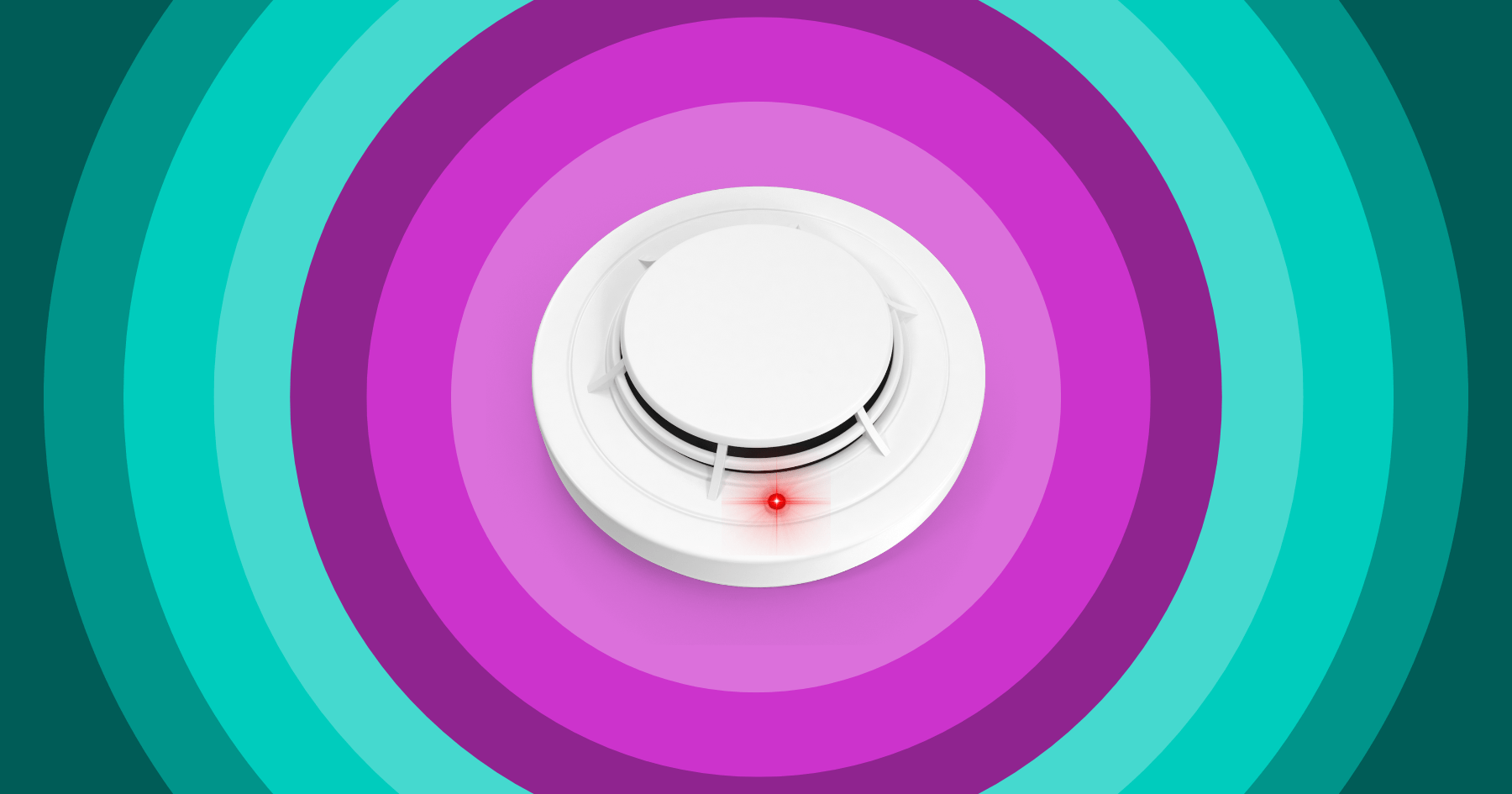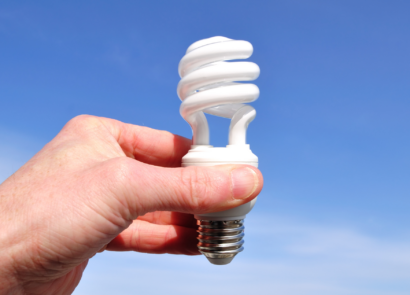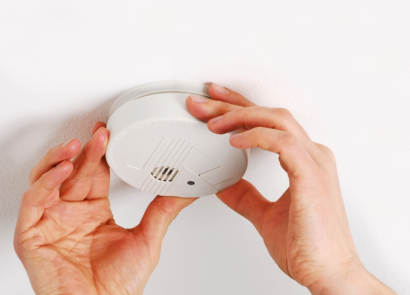Homes typically account for the biggest percentage of reported structure fires and the majority of civilian fatalities and injuries. Residents now are more likely to die in reported home fires than they were 40 years ago because of an increase in flammable materials and more open architectural plans, which substantially accelerates flames. In 2018, there has been nearly 3,000 fatalities in the US and in 2014, 96 fatalities in Canada from residential fires which is far too many. On the other hand, according to National Fire Protection Association, the increased use of smoke alarms over the decades has correlated to the decrease in the number of fires and fire deaths. Let’s look at 5 strategies to improve fire safety in your home:
5 cost-effective strategies to improve fire safety in your home:
1. Proximity:
Smoke detectors may not be placed properly or in sufficient numbers. Due to the high frequency of false alarms, the National Fire Protection Association (NFPA) does not recommend installing smoke detectors in kitchens. However, the NFPA mandates the installation of smoke detectors at the bottom and top of your stairway, as well as in at least one common room on each storey. If you really want to have a detector in the kitchen, think about a smart alarm, a photoelectric detector, or a heat detector.
2. Check for damages:
When exposed to something like water, paint, stickers, fire, or grease, or when forced or tampered with, smoke detectors may get destroyed. Contact your manufacturer or local fire department if you believe your smoke detector is broken or defective. Furthermore, find the button on the detector’s face and press and hold it for at least 5 seconds to see if it’s still operational. The smoke detector is likely in good working order if it beeps.
3. Strategic placement:
Place your smoke alarms strategically, ventilate the space, and replace any outdated alarms. Because humidity doesn’t have as big of an impact on photoelectric smoke alarms, they work best close to bathrooms and kitchens where there is a lot of steam. To help reduce false alerts when cooking, the National Fire Protection Association advises positioning detectors 10 feet (3 metres) away from your stove.
4. Checking expiry:
On average, smoke alarms need to be replaced every 7-10 years. Remember to check the manufacture date, even if you just bought them. Or as a habit once a year. Or set a reminder to your phone calendar. Ensure replacing the device before they reach the 10-year mark to keep alarms functional and safety maintained.

5. Contingency plan:
Ensure that everyone in your home is familiar with the sound of the fire alarm and is aware of what to do in the event of a fire. Know two ways out of every room, and plan a meeting spot outside. Regularly practice your home fire escape strategies. Once outside, remain outside and dial 911 to report fire emergencies. Never enter your home again until the fire department has deemed it safe.
Fire Prevention Week
Fire prevention week celebrates its 100th anniversary from October 9 to 15, 2022 and the theme is “Fire won’t wait. Plan your escape”. National Fire Protection Association (NFPA) and Government of BC have put together a list of useful resources to support your emergency planning at home. There is also a Fire Prevention Week Contest happening for students in BC from kindergarten to grade 12, to complete a home fire escape plan activity. More information can be found here. Join the conversation online with #FirePreventionWeek.
Where smoke detectors SHOULD NOT be installed:
- Outdoors
- Inside or below a cabinet
- Above a sink, stove, oven, or cooktop
- Inside a 10-foot radius of any cooking appliance
- In areas where furniture or drapes would restrict airflow
- Areas where debris or dust may accumulate and obstruct the sensor
- Near a door or window that might experience drafts (extractor fan or air vent)
Recycle expired and faulty smoke and CO alarms
One thing to remember is that these 5 strategies to improve fire safety in your home are measures to ensure that your smoke alarms are functional. In summary, only WORKING smoke and carbon monoxide (CO) alarms save lives. If you live in BC and your smoke or CO alarm is broken, expired or faulty, recycle them at Product Care Recycling. Our smoke alarms program in BC accepts ionization, photoelectric, combination, and carbon monoxide alarms. In 2021, our program diverted more than 121,000 smoke and CO alarms from BC’s landfills. You can learn how the smoke and CO alarm recycling process works in the video here. Use our Recycling Locator to find your nearest recycling location.
Key takeaways
- Over the years, working smoke alarms have drastically reduced residential home fires
- Install at least one smoke alarm on each storey of a building
- Press and hold alarm button for at least 5 seconds to see if it’s still operational
- Photoelectric smoke alarms works best where humidity is high, like kitchens and bathrooms
- Know two ways out of every room in case of fire emergencies
- Replace and recycle smoke alarms every 7-10 years




